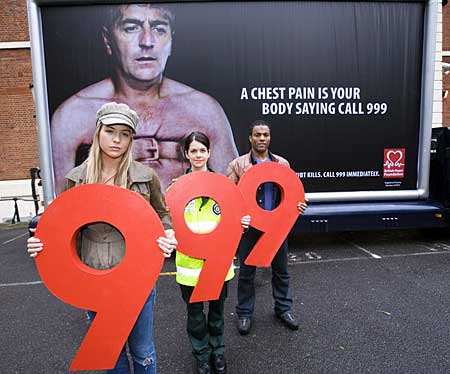
MANILA, Philippines – It should come as no surprise that the back hurts several times in a “whole lifetime’s length.” It was anatomically predestined in the time we evolved from crouching, four-legged beasts into upright, walking animals. So, really, it’s not a question of when it’s “oh-my-aching-back” but of how and what kind of back pain it is.
Worrisome back pain. But since back pain is so common, it is most often ignored. For older people, it’s explained away as one of the givens of aging (it’s not) and for active young adults, back pain becomes a grin-and-bear-it affair. What kind of back pain should be cause for concern?
Acute lumbar strain. By far, the most explainable of back pains is acute lumbar strain. A direct cause and effect can be elicited. that is, the patient comes complaining of an aching back after a day of lifting heavy objects, or of stooping to do some house work like gardening or plumbing. sometimes it can be due to carrying a baby day in and day out, especially big ones. back muscles are in spasm; they feel tight and may feel shortened or contracted.
Herniated disk. Intervertebral disks are the shock absorbers of the spine. In youth, they are sturdy, flexible, and elastic. as the spine ages, disks become rigid and dry. now with continued intense pressure, a disk can rupture its center (imagine a chocolate éclair with the creamy filling) and this center called the nucleus pulposus can pinch an adjacent nerve. This is the impingement that causes pain, numbness, or weakness of the extremities. In theory, all disks can displace. However, the most common herniations are found in the lower back and in the neck.
Signs and symptoms. The following are textbook descriptions of a ruptured disk:
* Sharp “electric” pain shooting down from the back to one or both legs immediately after lifting a heavy object or falling on your back or some other back injury.
* back pain, especially after sneezing, coughing, or straining during a bowel movement.
* Numbness or tingling of the arms and hands (cervical or neck disc) or of the legs and feet (lumbar or lower back disk).
* Difficulty in bending or straightening the back because it is very painful.
* as leg pain worsens, the back pain may disappear.
Non-orthopedic causes. there are good reasons for not ignoring back pain of more than two to three weeks. The back is such a large area that pain from non-musculo-skeletal sources makes its presence known in a treacherous kind of way. For example, infections of the kidney and urinary tract, tumors of the uterus, or gut problems can all present as back pain.
Diagnosis. A thorough history and physical examination should be able to re-create back pain in the clinic. A reliable sign is a positive SLR or Straight Leg Raising test in which shooting pain down the leg occurs when the examiner lifts the patient’s leg from a lying position. X-rays of the back may show loss of the normal curve signifying muscle spasm and/or loss of intervertebral space. to properly identify the offending disc, the doctor may request a CT (computed tomography) Scan or an MRI (magnetic resonance imaging).
Treatment. start by resting for one or two days. Lie down on a firm mattress and not on a hard surface. new studies have pointed out that staying in bed for longer periods leads to a loss of muscle tone. This further delays recovery. Pain medications range from over-the-counter drugs such as acetaminophen and NSAIDs (non-steroidal anti-inflammatory drugs) that are popular from marketing overload. Examples of NSAIDs are mefenamic acid, ibuprofen, diclofenac, naproxen, piroxicam, and indomethacin. COX-2 Inhibitors like celecoxib and etoricoxib, in higher doses (400mg and 120 mg, respectively) may also be used. Other drugs for back pain are tricyclic antidepressants and narcotics. These will need the approval and prescription of doctors. Physiotherapy may be helpful. A rehabilitation medicine specialist designs a physical therapy program for a back patient. This program may include cold or heat therapy, hydrotherapy, bracing, exercises, and TENS or transcutaneous electric nerve stimulation. TENS is thought to relieve pain by stimulating the release of endorphins or pain-inhibiting molecules.
Surgery. An operation (usually performed by either a neurosurgeon or an orthopedic surgeon) is suggested for the following reasons: Progressive increase in pain, failure of conservative treatment, loss of bowel or bladder functions; sudden or progressive muscle weakness; loss of sensation in the buttocks and perineal area (saddle anesthesia), and loss of movement. all these signify that the back will not be better unless there is surgery. The operation usually involves removing the disk (diskectomy) and unroofing the spine (laminotomy/laminectomy). sometimes, portions of the back bones are also joined together (fusion) to prevent pain and instability.
Most back pains go away. some don’t. all must be investigated.
As our politicians love to say, “Watch your back.”